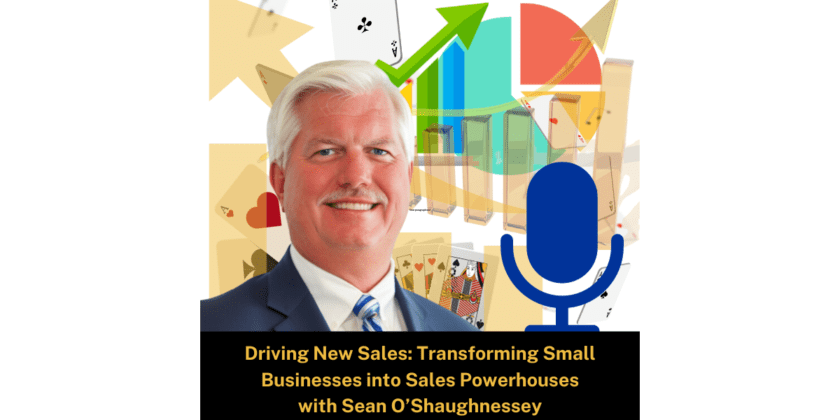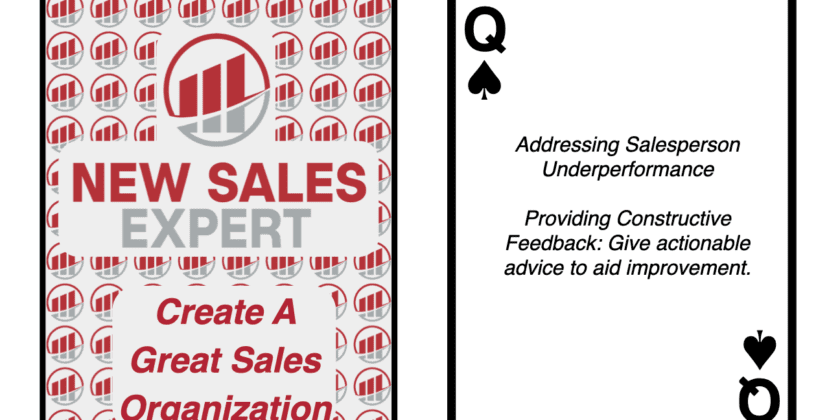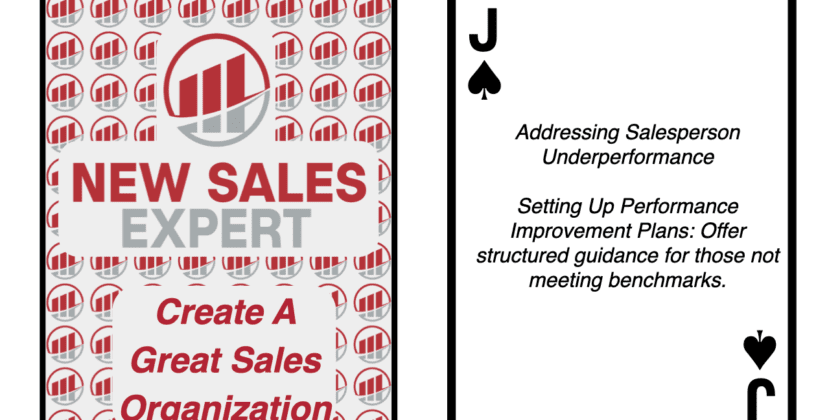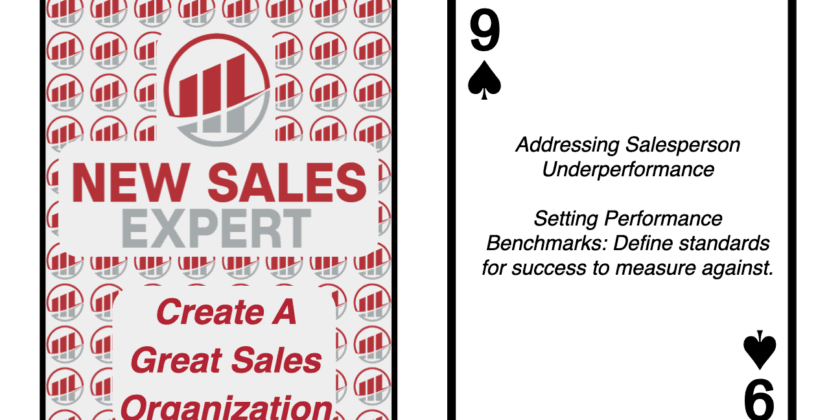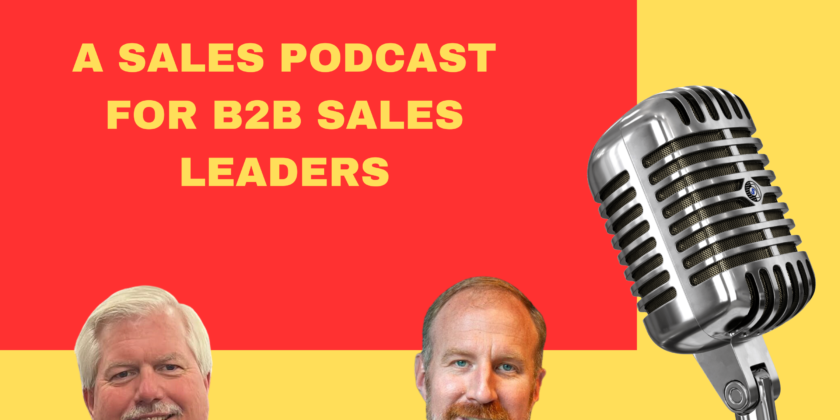Welcome to the latest episode of “Driving New Sales: Transforming Small Businesses into Sales Powerhouses,” where we dive into the critical aspects of B2B sales. Today, Sean O’Shaughnessey, a seasoned consultant in sales organization enhancement, sheds light on the importance of staying updated with client news and updates. This episode is proudly sponsored by “Two Tall Guys Talking Sales,” a podcast by Sean O’Shaughnessey and Kevin Lawson focusing on boosting sales management and methodologies.
Key Topics Discussed
- The Power of Staying Attuned to Client’s Business World: Sean discusses the significance of being proactive and informed about clients’ activities and how this approach transforms sales teams into strategic forces in B2B sales.
- Practical Tools and Strategies for Monitoring Client Updates: Explore the utility of Google Alerts and the role of social media in gaining insights into clients’ strategic moves.
- Interpreting Client News as Opportunities: Understanding how to read between the lines of client announcements and news for potential sales opportunities.
- Context and Timing in Sales Outreach: The importance of timing your sales outreach to align with clients’ immediate needs or strategic goals.
- Leveraging Analytics and CRM for Comprehensive Understanding: How to use analytics and CRM software to analyze client data and market trends for a more informed sales strategy.
- Aligning Monitoring Efforts with Sales Objectives: Ensuring all gathered information is strategically used to drive sales goals.
Key Quotes
- “Staying informed about your clients’ activities is not just advantageous; it’s essential.”
- “Google Alerts is a straightforward yet powerful tool… It’s about maximizing efficiency and staying one step ahead.”
- “Data and tools are only as effective as the strategy behind them.”
Additional Resources
- Two Tall Guys Talking Sales Podcast
- Google Alerts Setup and Usage Guide
- CRM Software Options and Utilization
Action Items You Can Do Today
- Set Up Advanced Google Alerts: Tailor your alerts with specific queries for each client to filter the most relevant information.
- Actively Engage on Social Media: Monitor and engage with your clients’ social media activities to build relationships and gather insights.
- Analyze Client Structural Changes: Stay informed about your clients’ mergers, expansions, or layoffs and adapt your sales strategies accordingly.
- Conduct In-Depth Report Analysis: Regularly review clients’ quarterly and annual reports to tailor your sales approach effectively.
- Perfect Your Outreach Timing: Use your insights to determine the best timing for your sales approach, making it as impactful as possible.
Conclusion
In today’s episode, Sean O’Shaughnessey has provided invaluable insights into how monitoring client news and updates can revolutionize your sales strategy. Remember, successful sales are not just about the transaction; they are about offering timely, relevant solutions that align with the client’s current state and needs. Stay tuned for more episodes to continue transforming your business into a sales powerhouse.
Sponsor
“Two Tall Guys Talking Sales,” where Sean O’Shaughnessey and Kevin Lawson discuss a single sales topic.
Kevin and Sean together have about 60 years of experience in professional selling. This podcast helps people in sales, sales leadership, and business leadership or company owners realize the maximum value of their company by improving their revenue generation capability. This podcast is designed to help those people enhance their companies’ sales management practices, methodologies, processes, teams, and messaging.
Sean O’Shaughnessey and Kevin Lawson are Fractional Vice Presidents of Sales. They operate their own companies separately but have partnered for this podcast to advise salespeople and SMB companies on successful strategies and methodologies.
Kevin is the CEO of Lighthouse Sales Advisors. Lighthouse Sales Advisors is a sales leadership solution provider for small businesses. Lighthouse helps business owners navigate the potential pitfalls around sales growth, sales turnaround, or scaling up by leveraging sales acumen and decades of experience to build effective sales teams. https://www.lighthousesalesadvisors.com/
Sean is the CEO of New Sales Expert. He helps company owners realize the maximum value of their company by improving their revenue generation capability. He helps owners enhance their sales management, methodologies, processes, teams, and messaging.
Contact Sean
You can learn more about Sean O’Shaughnessey at www.NewSales.Expert. You can drop him an email at Sean@NewSales.Expert. You can connect with Sean on LinkedIn at https://www.linkedin.com/in/soshaughnessey/
Discover how to stay ahead in the competitive world of B2B sales with Sean O’Shaughnessey’s expert insights. This episode of “Driving New Sales” is an essential listen for any sales professional, manager, or small business CEO looking to elevate their sales strategy and stay attuned to their clients’ evolving business world. Tune in now for strategies that will transform your approach to sales!

